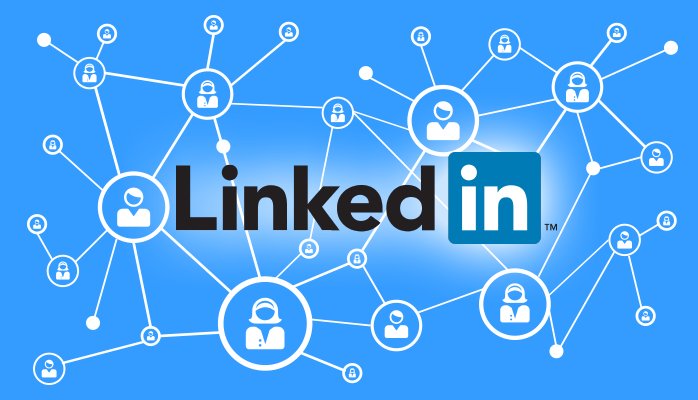A new req opens, and you need to find people. Where do you go first? You probably hop on LinkedIn Recruiter or Indeed and start a new search. I bet you aren’t searching your first-degree connections on LinkedIn, though. Why not? You are already connected to these people. You have their email. You sometimes have their phone number. You can send them a free InMail or send them something over LinkedIn Messaging that shows up just like a Facebook message. Although I recently learned when you send a first-degree connection an InMail, it shows up just like something sent over messaging.

Say a Sales Engineer req comes across my desk. I just hopped on LinkedIn and typed “sales engineer” into my search bar at the top of my LinkedIn profile. After selecting 1st – under Connections, I get 68 results. I’ve never worked on a Sales Engineer role before, yet I am connected to 68 people who have/had this title before. Imagine that. Instead of sending out an excessive amount of LinkedIn InMails or Indeed messages, hoping a few people might respond, why not reach out to these 68 people. I can start off a message with something like, “Hey Mack. I am working on filling a Sales Engineer role, and I came across your name while searching my LinkedIn connections. I’m not sure if you have had a chance to check out my posts about Salezy LLC, but I would love to discuss this career opportunity with you.”

Side note: Every first-degree connection on LinkedIn is a person that you are advertising to for free. Every time you post a job opportunity or news that your company was featured in, (some of) your first-degree connections are seeing this. Do you have 5,000 connections? If so, that is 5,000 possible people who are going to look at your posts on their feed. That’s a crazy number. Chances are these people are connected with a lot of other people. This means your posts could be getting bogged down in their gigantic feed. Let’s say only 10% of these people will see your postings. That’s still 500 people. Next time your hiring manager asks, “What are we doing to advertise this job?” You go ahead and tell them, “I’ve been posting it on my LinkedIn. I have 5,000 connections, so we know a good amount of people see it.” Hopefully, you have other answers, too.

So, you have started searching your first-degree connections on LinkedIn. Are you feeling a little verklempt because there are just so many people? Then you should download your entire LinkedIn Database. But how do I do this, Mikey? There must be an uncomplicated way. There is:
- Go to Me in the upper right corner
- Select Settings & Privacy
- Scroll down until you see Download your data
- Select Connections
- Select Request Archive
- You will get an email shortly with an Excel doc of all your connections


Do you work on a big recruiting team? Do you have colleagues who used to work at your biggest competitor? Reach out to your co-workers and get a hold of their LinkedIn connections. Do you work at Coca-Cola? I bet you have a few colleagues who used to work for PepsiCo. And they are most likely connected to a whole bunch of people who are still there. So why not download all these connections and put them into one giant Excel document. There’s no doubt that you are going to have duplicates. But no worries, this will help you out. After you are done reading this, reach out to your hiring managers and ask them for their connections.

After getting a hold of the connections of my team, and a few other colleagues, I now have an Excel document with 28,000 people. I can now directly source from here. Am I working on a human resources manager role now? Yes, I am. So, let me hop into the Excel document and filter everyone in the Position column to find how many HR people I have access to. Whoa. I am connected to 576 people who have human resources in their title. So why am I going to blindly message a bunch of random people and hope they see my message? I can now reach out to people via email. That’ll get more responses.

Once you have put this Excel document together, you can utilize it as is and make it an additional CRM or you can import it into your existing CRM.

You may be wondering, If I reach out to someone who I’m not connected to on LinkedIn, but my colleague is, should I still mention that I found them in MY database? Sure. Chances are they are not going to go through their connections and then come back at you calling you a liar. You can also just say, “I came across your name in our database.” Chances are they won’t come back at you and say, “I never applied for a job there.” Also, the word “database” doesn’t have just to imply your CRM/ATS. Lastly, you can always go with, “One of our mutual connections sent me your information and said you would be a good fit for a role that I am working on.”

Not every company has tens of thousands of dollars to put towards LinkedIn Recruiter seats and Indeed messaging. If you work for one of these companies, utilize your first-degree connections. Utilize your colleagues’ first connections. Your first-degree connections should be the first people you contact. Send them an email. Send an email blast to a large group of them. Ask them for referrals. Don’t let these people fade into the background.

